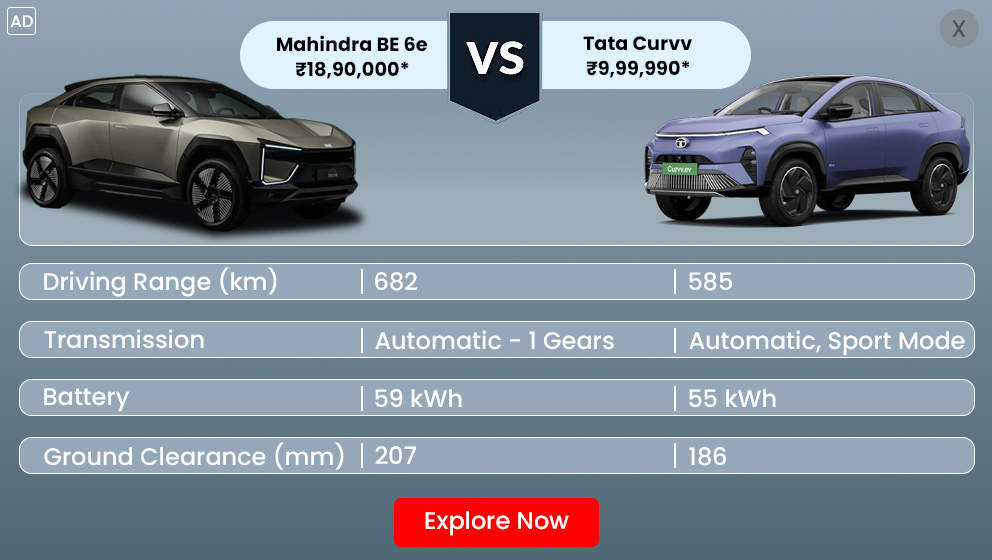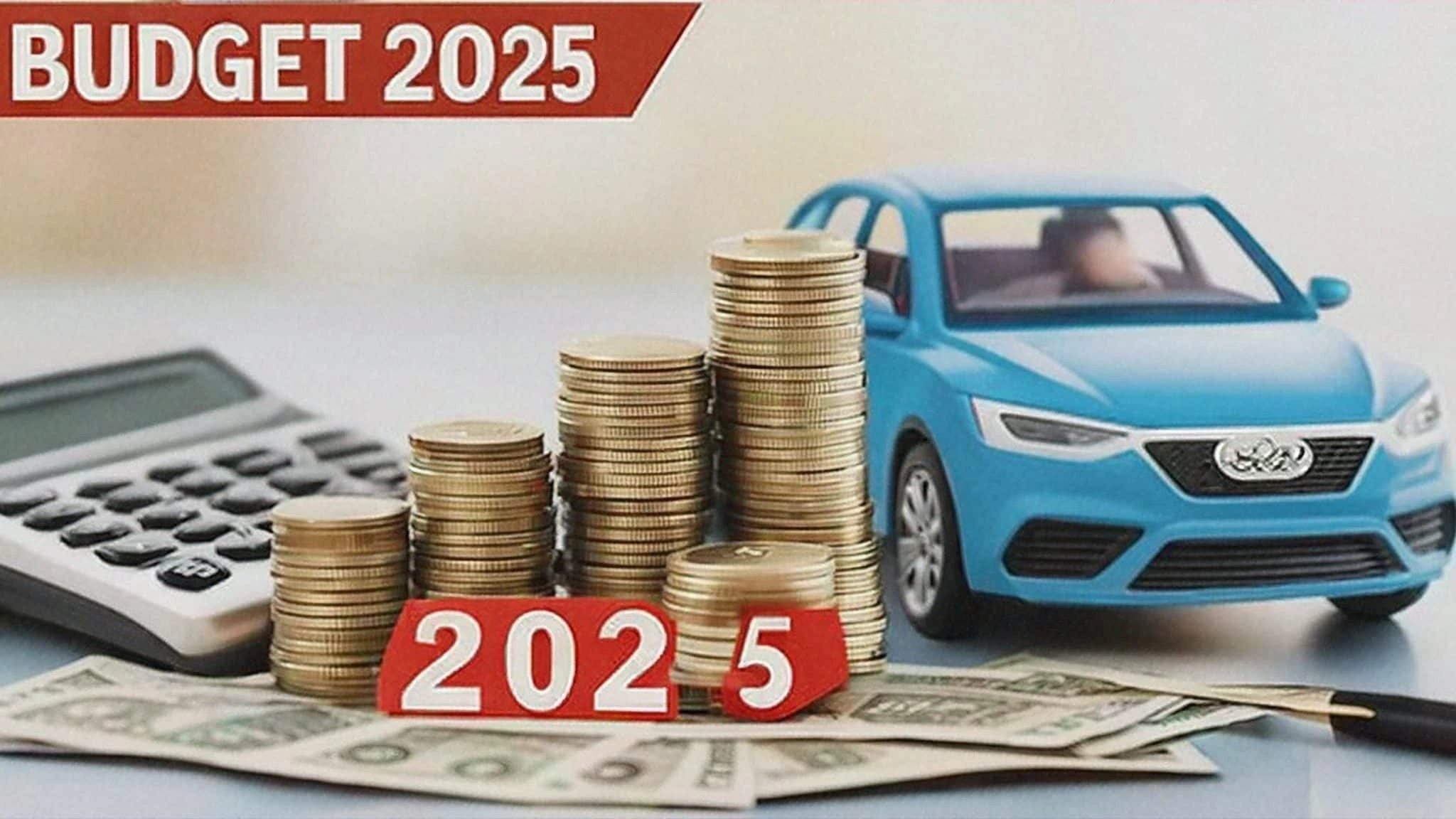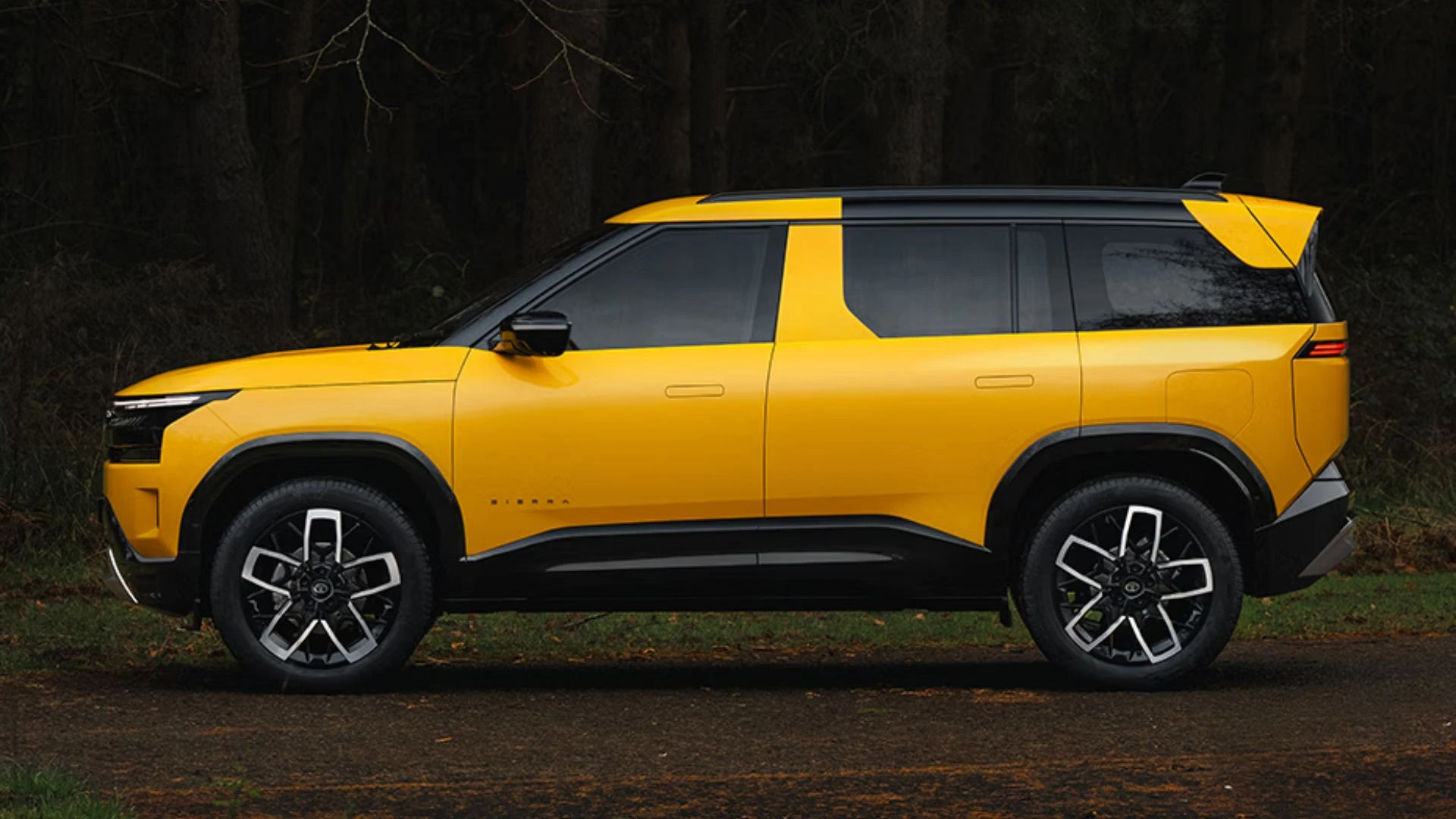The Union Budget 2025 brings significant reforms aimed at boosting the Indian automobile industry. With a strong emphasis on Make in India, Clean Tech Manufacturing, and tax relief for consumers, the budget introduces strategic policies that could reshape the sector. These updates include customs duty revisions, incentives for EV battery production, and tax benefits that may drive higher vehicle demand.
Let's explore the major changes in Budget 2025 and their impact on the automobile industry.
Key Budget 2025 Highlights for the Automobile Industry
1. Boost for EV Battery Manufacturing
- Customs duties on 35 capital goods used in lithium-ion battery production have been fully exempted.
- This move supports domestic battery manufacturing, benefiting companies under the ACC PLI and automotive PLI schemes.
- However, the industry had expected similar incentives for alternative battery chemistries like sodium-ion and multi-ion, which still depend on imports.
2. Clean Tech Manufacturing Initiative
- The government continues to push for local production of EV components like batteries, motors, controllers, and electrolysers.
- This aligns with India's net-zero emission goals and strengthens the domestic supply chain.
3. Revised Income Tax Slabs – A Boost for Auto Sales
- The new income tax exemption threshold has been raised to ₹12 lakh, with salaried individuals getting relief up to ₹12.75 lakh.
- This increase in disposable income could drive demand for entry-level two-wheelers and four-wheelers, encouraging more consumers to make purchases.
4. Lower Import Duties on Motorcycle Kits
- CKD (Completely Knocked Down) and SKD (Semi-Knocked Down) kits for ICE (Internal Combustion Engine) motorcycles now face a 5% lower tariff.
- This policy encourages more local assembly and could attract premium motorcycle brands to manufacture in India.
5. Adjustments in Import Duties on Premium Bikes
- Fully imported (CBU) motorcycles:
- Above 1600cc – 30% duty (+ applicable surcharges).
- 1600cc or below – 40% duty (+ applicable surcharges).
- These changes could make premium motorcycles slightly more affordable for Indian buyers.
- Electric motorcycles, however, see no changes in duty rates.
How Budget 2025 Impacts the Automobile Industry
The automobile sector in India is set to benefit from these budgetary reforms, which promote local manufacturing, sustainability, and consumer spending. By reducing customs duties on key imports, the government aims to strengthen India’s position as a global manufacturing hub.
Additionally, higher tax exemptions may boost consumer confidence and lead to increased vehicle sales, especially in the affordable two-wheeler and four-wheeler segments. However, the lack of duty reductions for alternative EV battery chemistries remains a challenge.
Conclusion
The Budget 2025 takes a balanced approach by supporting clean technology, enhancing domestic production, and providing financial relief to consumers. These reforms could accelerate India's transition towards electric mobility while keeping the traditional automotive market strong.
With increased tax savings, lower import duties, and incentives for EV production, the Indian automobile sector is poised for sustained growth in the coming years. Automakers, suppliers, and consumers all stand to benefit from these forward-thinking policies.





_1738562884.webp)
_1738651482.webp)

_1766129034.webp)

 Positioning Affordable 7-seat_1766042570.webp)